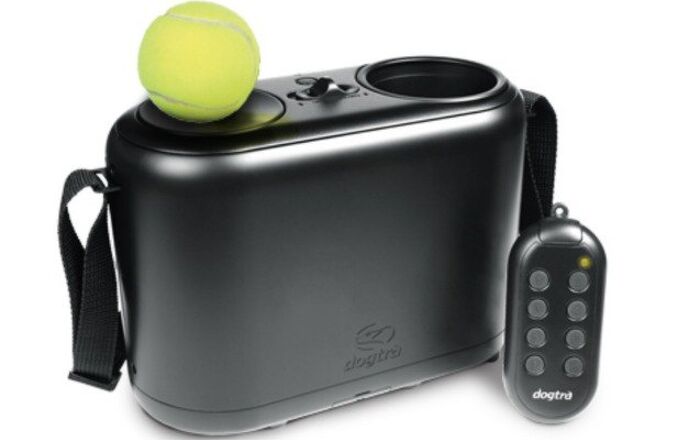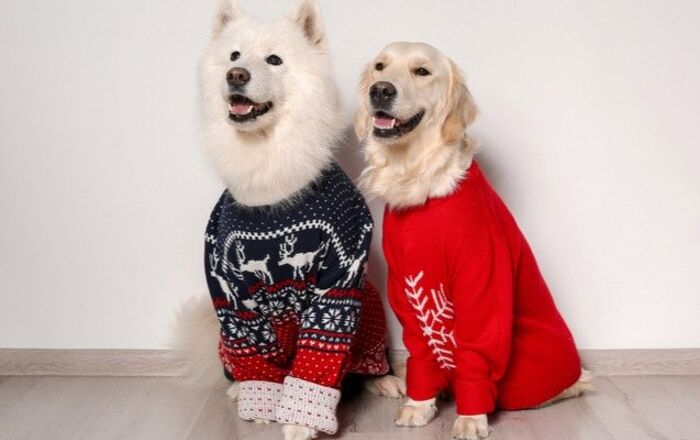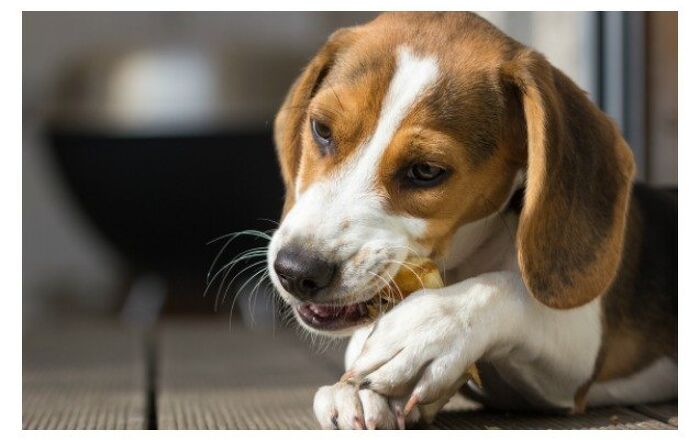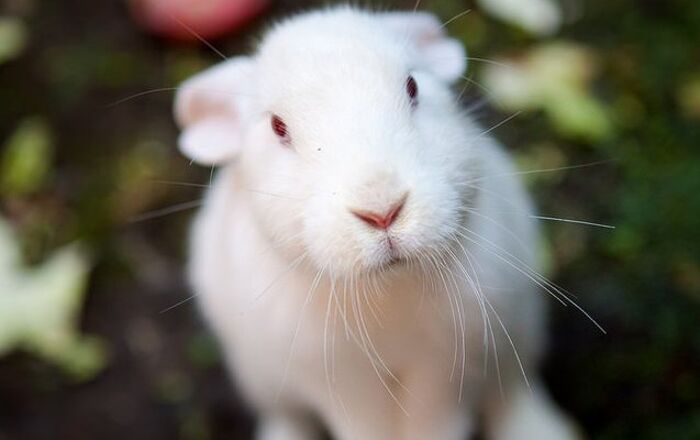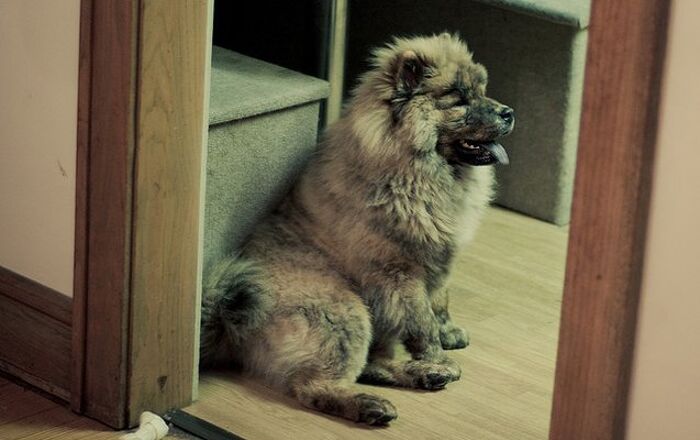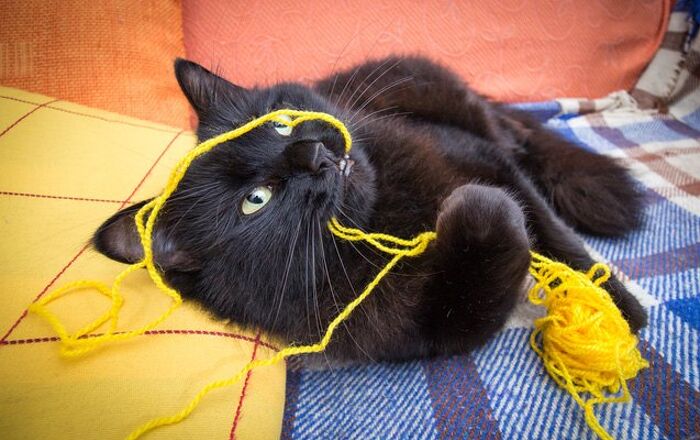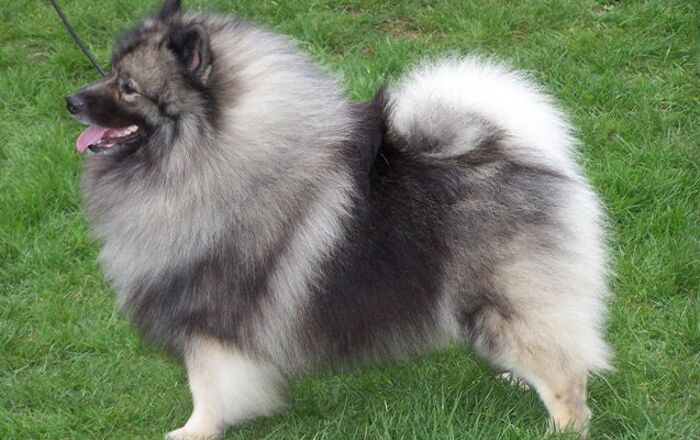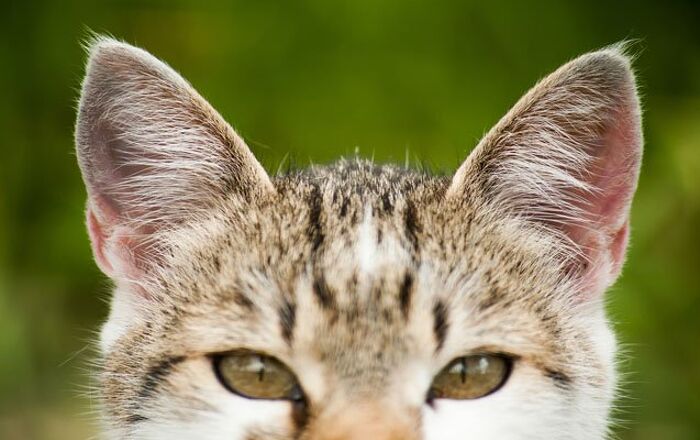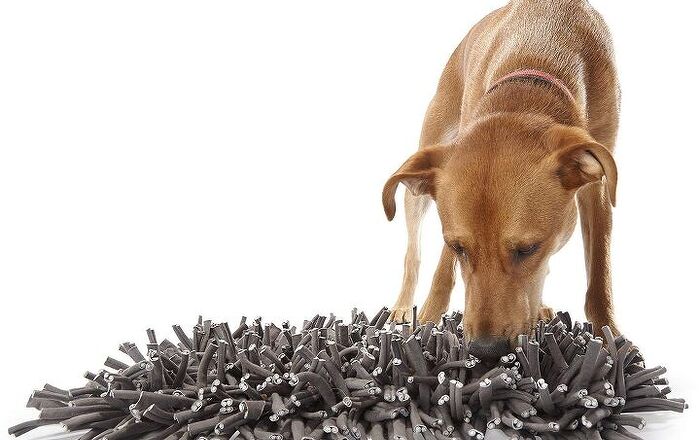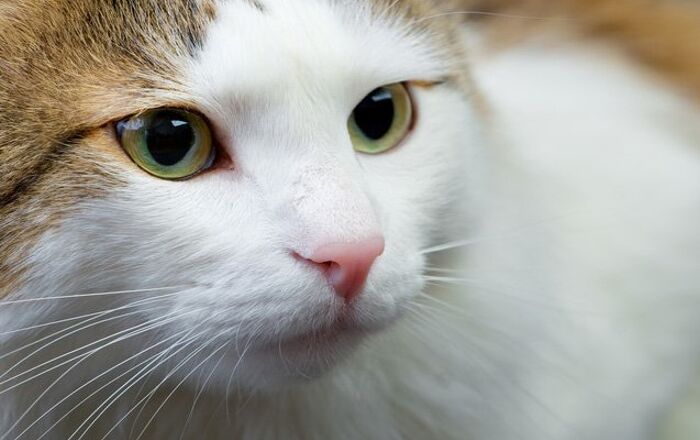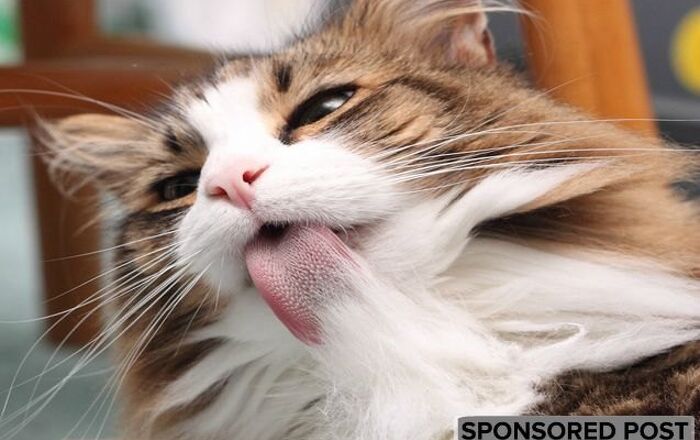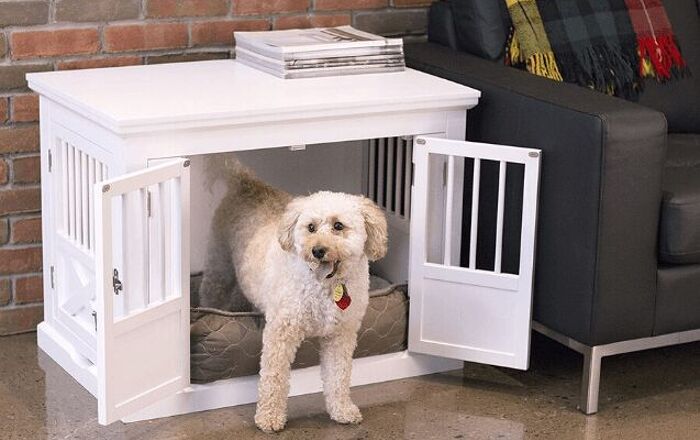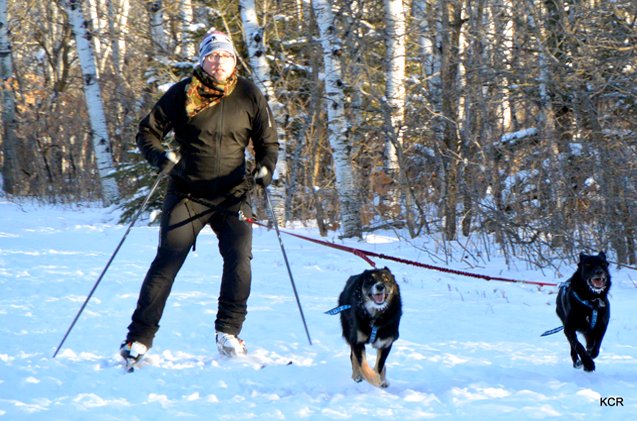
Kev Roberts, our go-to guy for skijoring, kicksledding, and dog-scootering fromSkijor OxfordDogs, introduces you to the sport of skijoring. It’s a thrill to watch the sport in action (check out the video below). Once you do, you’ll want to get in on it. In this article, Kev takes us through the basics of skijoring: what you need to get started, basic commands and the must-know essentials of the sport.
Skijoring is a team sport. You and your dog work together as a team to get around a local trail, tour the back country or glide across the snow on your local golf course. This article goes over the basics, and gives you an overview of skijoring and how to get started.
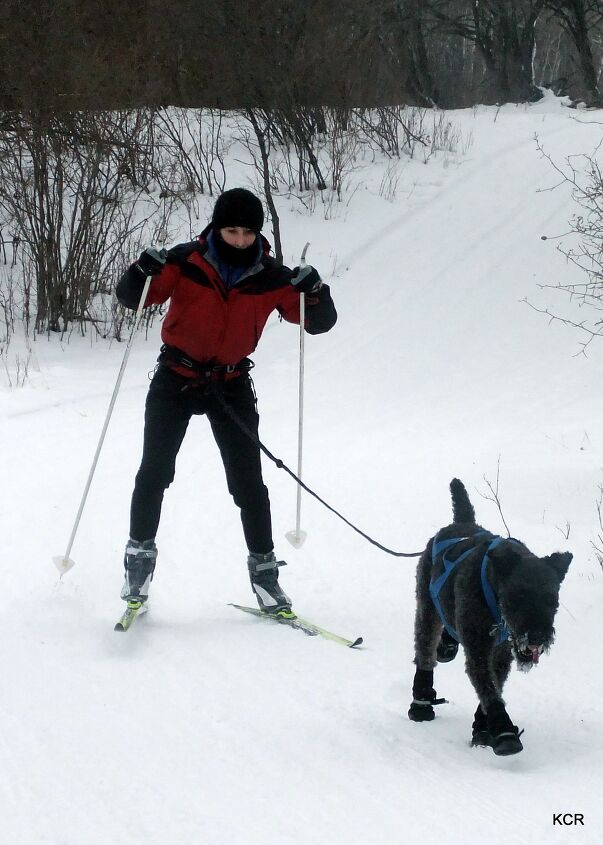
You and your dog will become a team, working together to navigate the trails and bound across the snow. To do this successfully you will need to communicate with your dog.
The first, and most important command, is “Line Out”. This means, the dog walks to the end of the line, and takes up any slack on the gangline. This is an important command, so that your dog is out and ready when you want to start moving! If your dog is starting at your side, there is a risk of injury from being hit by the ski, pole or getting legs tangled in the gangline. There are a variety of ways to teach “Line Out”, but the basic behavior is that the dog walks to the end of the line, looking down the trail, and waits for you. If your dog already knows “Sit” and “Stay” you are ready for “Line Out”.
The next command if “Hike”. Dogs love this one! “Hike” means go forward, let’s move, time to run! This is your cue to let your dog start to run, and for you to start to push with your poles, and help out!
Now that you are whipping down the trail, it’s time to work on some control. “Gee” and “Haw” are the commands you use to train your dog to turn right (Gee) and left (Haw). Get these straight in your own head before you ask your dog for them. I like to train these on curves in the trail, where the dog is going to turn anyways. Depending on the dog, some need you to tell them which way to turn well before the turn, so they have time to process the request.
“Whoa” means stop! Using your skis to snow plow, your dog will come to a stop, and if things are really needing to stop in a hurry, just duck into a snowbank! Some dogs respond better to a a skier slowly snowplowing on and off, then a sudden command to stop. In some cases, your dog might feel the Resistance of the skis, and think this is a time to start pulling harder. Snowplowing on and off, on and off will help their brain start to listen to you, that it’s time to stop.
There are two end you need to practice on before you put this all together. The first one is your end. If you are no an experienced skier, get some lessons, and spend some time practicing before you attach a dog to yourself! A skier who isn’t pulling their own weight or helping out can be a real drag! Do your part of this, and spend some time on your skis.
Practice snowplowing so you can slow down. Also practice falling down. You will spend lots of time falling in your first attempts, so work on balance to keep from falling down, and to learn how to get up. It is much easier to know you get back up without a excited dog jumping and barking at you.
Work with your dog. Much of teaching a dog to skijor is tapping into their instincts. Some dogs are going to be naturals, while others need more training. Keep sessions short, and always stop before the dog is tired. This way you leave them excited, and wanting to go out again! Running a dog until they are exhausted only teaches them that skijoring is hard work, and not much fun.
Many people train their dog with the basic commands on sidewalks while out for walks. Your initial training sessions are all going to be done on foot, not on skis. Keep in mind that a dog runs best on a clearly defined trail. So if the sidewalk works for you, great! If it’s too open and wide, go look for a nice quiet trail through a local park to train on.
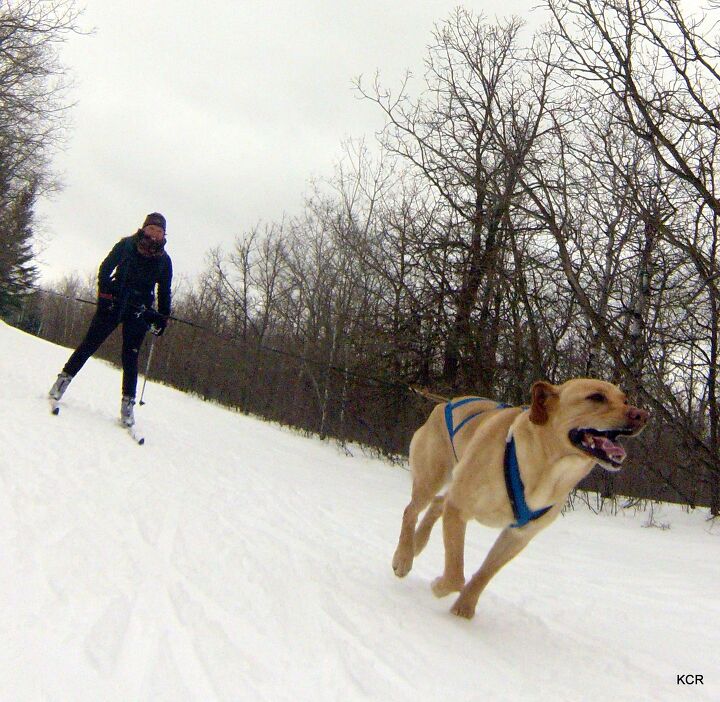
Check out some of the great books on the market! Here are a few book reviews I’ve personally read and rated on the subject. The methods are tested and true. You can learn in the warmth of your own home, and check back as your skills grow.
Hooking up to another dog who already knows how to skijor is one of the best ways to get your dog learning this sport. You may be lucky enough to have a friend who already has trained dogs, or you might have a skijor or urban mushing club in your area. Most clubs offer lessons or answer your questions.
Chasing another team is one of the worst ways to train your dog to skijor. It’s tempting, because your dog will want to chase the other team, and you will certainly be flying down the trail. But once that other team is gone, your dog very likely won’t want to run.
Have fun out there! If you want to see skijoring in action, watch the video below – it’s a rush!
